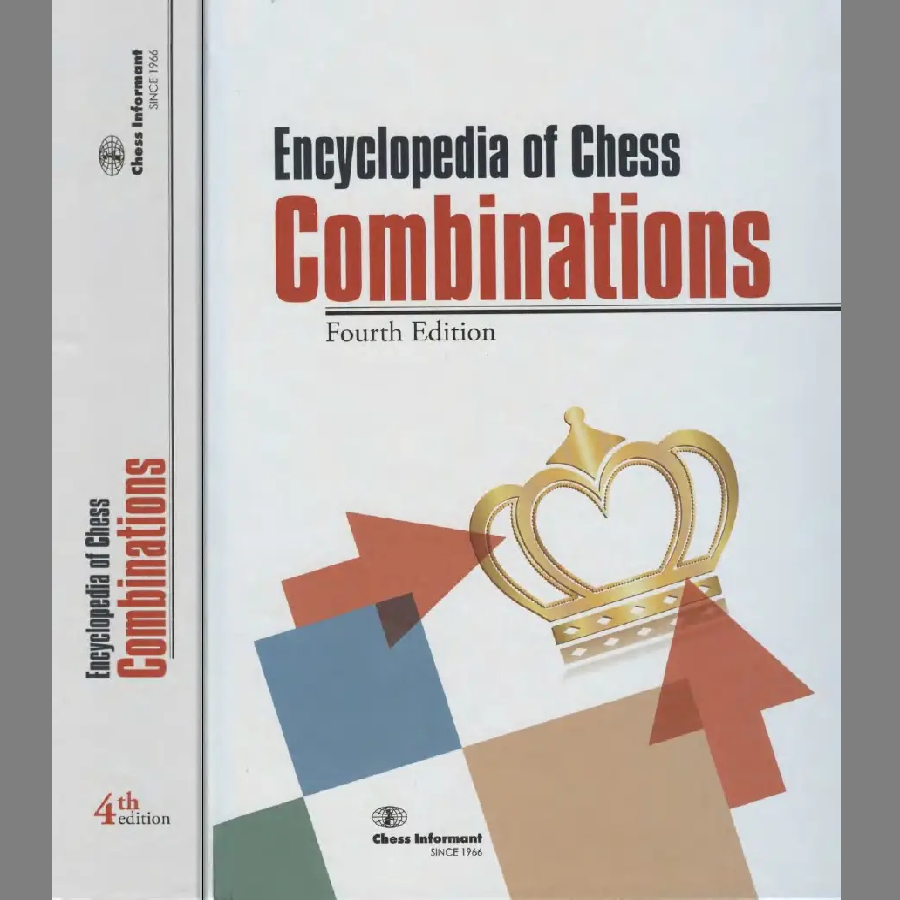
$72
$48.96
Out of Stock
Published in 2012
659 pages
ENCYCLOPEDIA OF CHESS COMBINATIONS, 4TH ED. Chess Informant (CI) - the publisher - doesn't just publish the Informant - the book. Case in point: the fourth edition of the Encyclopedia of Chess Combinations. This is an old-style CI book: there's no English (or any other natural language) in the body of the text; all you'll find are diagrams, chess notation, and their standard symbols. (One exception: at the top of the page the theme covered on that page is given in English; non-English readers are likely to find the equivalent in their language in the table of contents.) Tactics books are a dime a dozen (metaphorically; the literal price is considerably greater), so what's different about this one; what do you get for your $44-51? For starters, you get a lot of puzzles: 3001, to be precise. In general, the positions are challenging. Often knowing the theme will give you a good idea about the first move (you won't be shocked to know that in most cases the first move in the puzzles from the chapter "Demolition of Pawn Structure" will involve sacrificing a piece for a pawn in the general vicinity of the victim's king), but that's almost never enough to fully and properly solve the puzzle. Until you're around 1900 or so, you're probably better off working on other tactics book (or software, or tactics websites). If you are 1900 and up though, it's worth considering because the puzzles are sorted by themes, which is relatively rare for advanced tactics books. In my view both kinds of tactics books are valuable: those where the puzzles are divided up by themes and those where one has no advance idea of what to look for. There are 10 themes in the book, each further subdivided into three sub-sections: "combinations with attack on the king", "combinations to achieve equality", and "other combinations". The 10 themes, with my occasional explanations and/or comments in parentheses, are: Annihilation of Defense [Typically removing a piece that guards another piece or a key square.] Blockade [Blocking a line, an escape square, etc. Not to be confused with Nimzowitsch's idea.] Clearance [Freeing a square or line for the benefit of another piece.] Deflection [Drawing a defender away from another defensive responsibility.] Discovered Attack [Not necessarily a discovered check.] Pinning Demolition of Pawn Structure Decoy [Not to be confused with deflection. The idea here is to draw the target piece to a bad square.] Interference [A move that forces the defender to block a crucial defensive line.] Double Attack